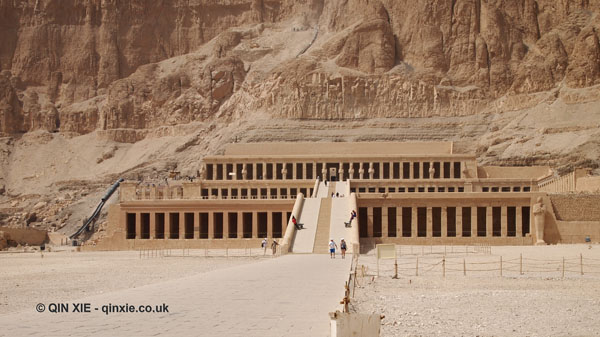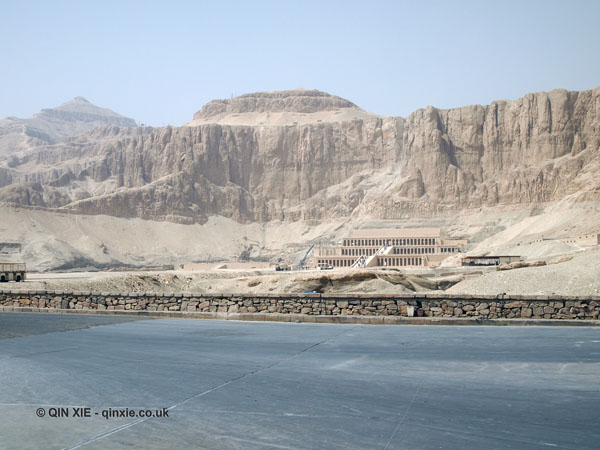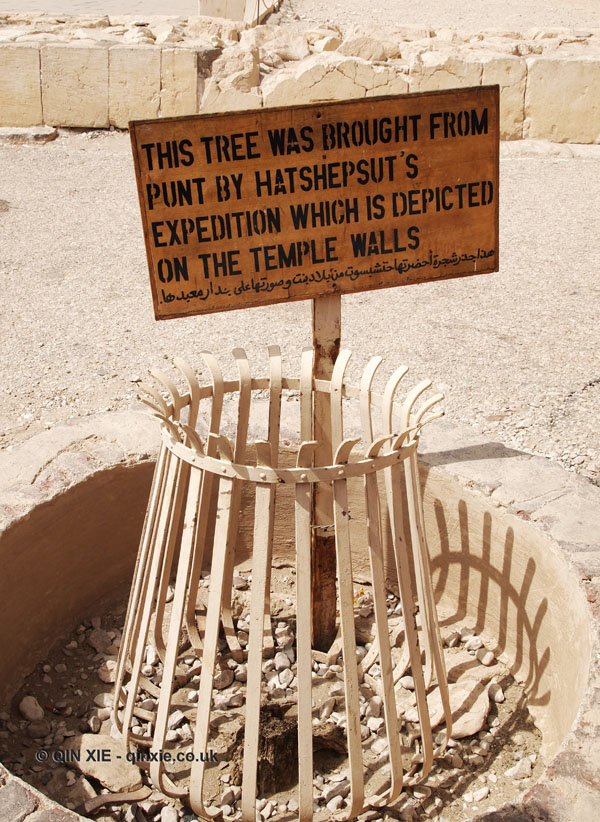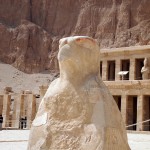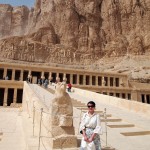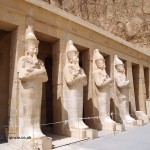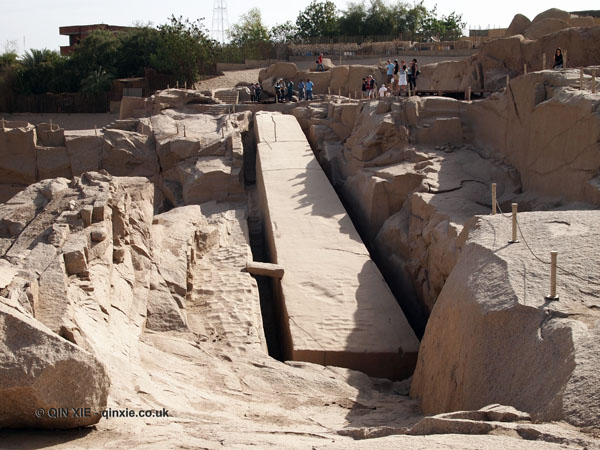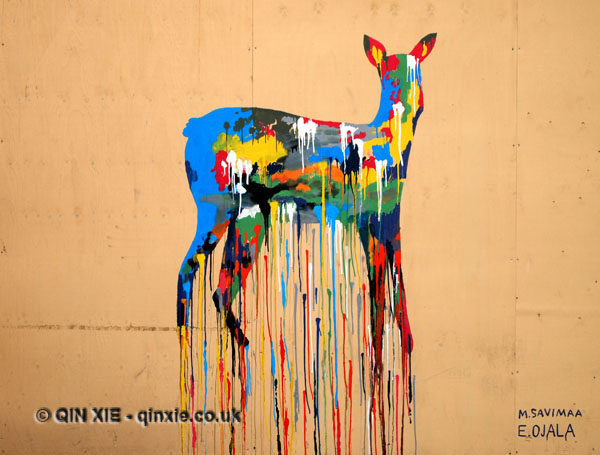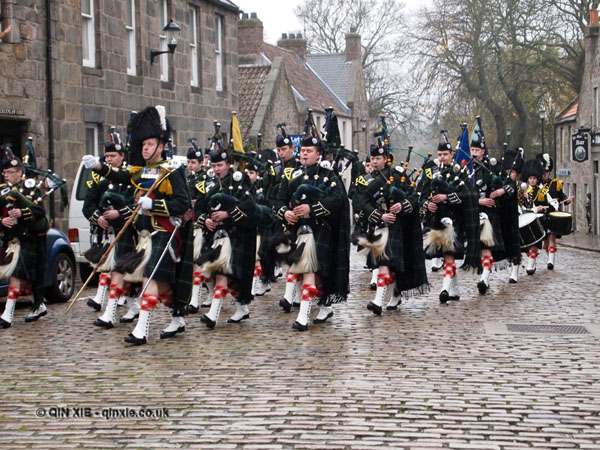Mortuary Temple of Hatshepsut, Luxor
Culture Explorer uses affiliate links, including those from Amazon, which are identified using an *. If you buy something through the link at no extra cost to you, Culture Explorer may be paid a commission, which helps to fund running of the site. You can read more about this here.
This post is part of the collection from Classic Egypt – a trip up the Nile
For the Pharaohs of Ancient Egypt, the looting of their tombs was a big problem. Pharaohs of the day were buried with all sorts of valuables and this in turn made them a big target.
In Luxor, mortuary temples became common place because the Pharaohs, who wanted to keep the location of their actual tombs hidden, also wanted the average man to continue to worship them.
That’s why in the more easily accessible plains near the Valley of the Kings and Valley of the Queens, there are remains of several mortuary temples.
One of the best kept ones is the Mortuary Temple of Hatshepsut, the longest reigning Queen in Ancient Egypt.
What is unique about this mortuary temple, aside from its sheer size and location (in a natural bay, nestled into the cliff face that backs onto the Valley of the Kings), is the fact that all the Pharaoh statues depicted were effeminate.
This was because though Hatshepsut was a woman, she was keen to be represented in the same way as any other Pharaoh.
It’s here that you can also see what’s left of a tree that’s more than 3,000 years old. It’s basically a stump now, but its age is no less incredible.
